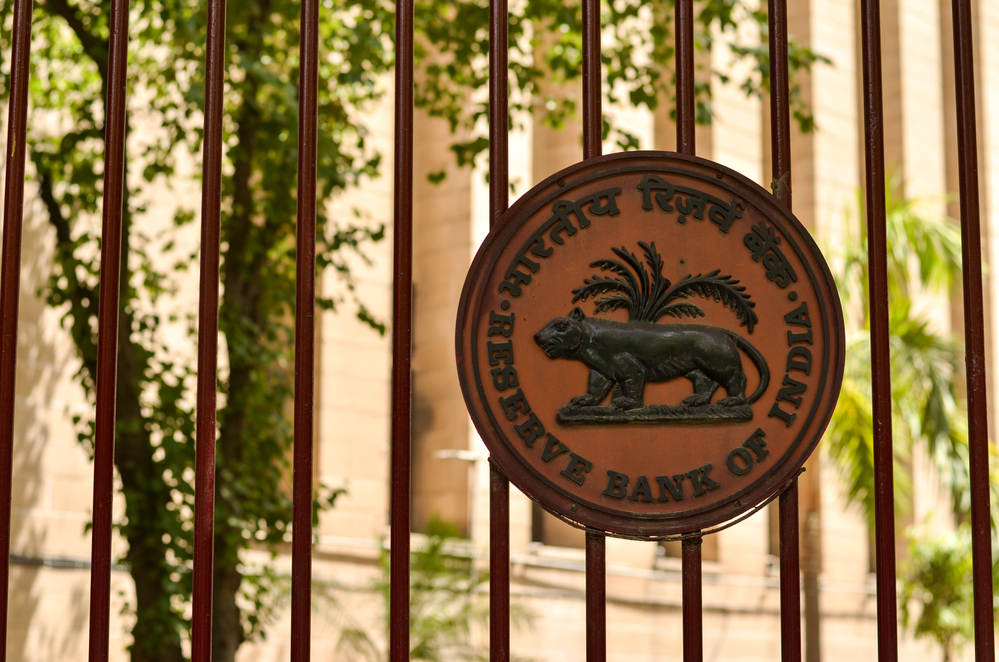Fitch Optimistic About FY22 Recovery, But Expect Bumpy Ride from Localised Lockdowns
There could be supply chain disruptions, but impact on corporate credit to be moderate

India Ratings and Research (Ind-Ra), the local wing of Fitch Ratings Inc., has released its forecast for the domestic market, with Covid-19 playing havoc and talk of lockdowns in the air. It paints an optimistic picture, with the belief that partial to full lockdowns expected to be imposed by various states and union territories across the nation are likely to have a muted impact on overall business environment.
The agency in its report says it expects corporate performance to remain resilient, backed by a strong export demand and improved balance sheet conditions in the last six months. While supply chain disruptions could play out, they expect overall impact on corporate credit to be moderate to minimal, even though stresses are likely to be seen by MSME and retail borrowers. Ind-Ra expects a build-up of potential stresses in the unsecured lending books of banks, and an increase in softer delinquencies in the microfinance institutions segment. The assessment could change if there were to be a stringent national lockdown or a protracted normalisation of activities due to the pandemic.
Financial year 2022 recovery to be bumpy
The second wave is expected to be less disruptive than the first for the business environment, despite per day case loads reaching more than four times the peak level attained during the first wave. This is because the administrative response is likely to be confined to regional/local lockdowns and containment zones. Ind-Ra has, therefore, revised its GDP growth forecast for financial year 2022 to 10.1 per cent from 10.4 per cent.
Fiscal and monetary measures
The agency expects incremental counter cyclical fiscal spending to be muted in financial year 2022, given the stretched fiscal condition. Also, the nature of fiscal support would be indirect and supportive, rather than any direct stimulus to augment aggregate domestic demand conditions.
Additionally, pressure on inflation would likely restrict any large monetary support through interest rates, other than being supportive. With these two levers imposing restrictions, recovery paths of certain sectors, especially those linked to services and social distancing, could stretch beyond financial year 2022.
Impact on corporate
Ind-Ra believes the first order impact on corporates would be minimal to modest, depending on the industry and size of entities. It believes corporates are better prepared to operate under localised lockdowns while adhering to various guidelines.
While restriction on economic activities will shave off a portion of aggregate demand, export growth could compensate for the same. Export growth has been reasonably strong in the last 6-8 months and is likely to sustain, given the fiscal push across its key exporting destinations. Consequently, impact on top line for sectors other than offline retail, entertainment, hospitality, travel and associated services is likely to be minimal for mid to large corporates.
Healthy balance sheet
The agency opines that corporate balance sheets have gained resilience, in view of the healthy profit before tax margin and strong cashflows in the second half of financial year 2021. Ind-Ra thus believes the healthy balance sheet will provide necessary safeguard for larger entities to manage temporary disruptions if any, in the short term.
Labour challenge
Ind-Ra believes the labour challenge is more manageable this time, though there could be a bout of disruptions. Unlike the last time, the challenge owing to the reverse migration is not visible in a significant way. Industry such as auto, auto ancillary, cotton could face challenges, whereas paper and chemical may stay broadly unaffected owing the dependence on local labour force. But construction activity will remain impacted due to limited availability of key resources because of imposed restrictions or rising Covid-19 cases, though some of it is being managed by retaining staff at the construction sites.
Infrastructure projects
Infra projects will be impacted modestly due to the spreading of cases and restricted activities. Delays could stem from raw material imports/ movements disruptions and possible labour shortage. Though labour shortage is not full blown, it cannot be ruled out as a risk in coming days.
Non-banking finance company
Non-banks and housing finance companies (HFCs) are carrying adequate on-balances sheet liquidity along with capital buffers. They have been reporting a sharp improvement in collection efficiency since September 2020, largely due to benefits passed to borrowers via emergency credit line guarantee and other restructuring schemes, and partly supported through customers’ savings.
Ind-Ra opines the recent announcements by Reserve Bank of India would alleviate borrower challenges in cash flow, as restructuring would provide a breather during these stressed times.
HFCs would be better placed to navigate
Retail housing, which benefited immensely due to relaxation of stamp duty, moderation in interest rates and time correction on property prices, saw a significant demand in the third and fourth quarters of financial year 2021. With the withdrawal of stamp duty benefits and renewed lockdown conditions, demand sustenance for FY22 could, however, be incrementally tested.
Unsecured lending would be most impacted
Unsecured personal loans and business loans could be impacted, as cash flows of self-employed borrowers would be strained due to the slowdown in April, while demand uncertainty could dry up order flows. In lieu of the rising second wave, lenders need to be cautious about these categories, as normalisation of collection from the first wave is awaited. Borrowers in these segments would be largely availing the recently announced restructuring scheme.
Microfinance institutions would face rise in softer delinquencies
While microfinance loans are yet to normalise their collections to pre-Covid levels, urban microfinance loans could be severely impacted, lowering collection efficiency to moderate levels, what with the pandemic widening its spread in the hinterlands and the labour migration that is expected to follow. Although rural microfinance institutions would still be able to navigate, the pandemic has reduced the demand for products other than those related to agri and dairy, so borrowers engaged in activities other than these would see strain in their cashflows.









